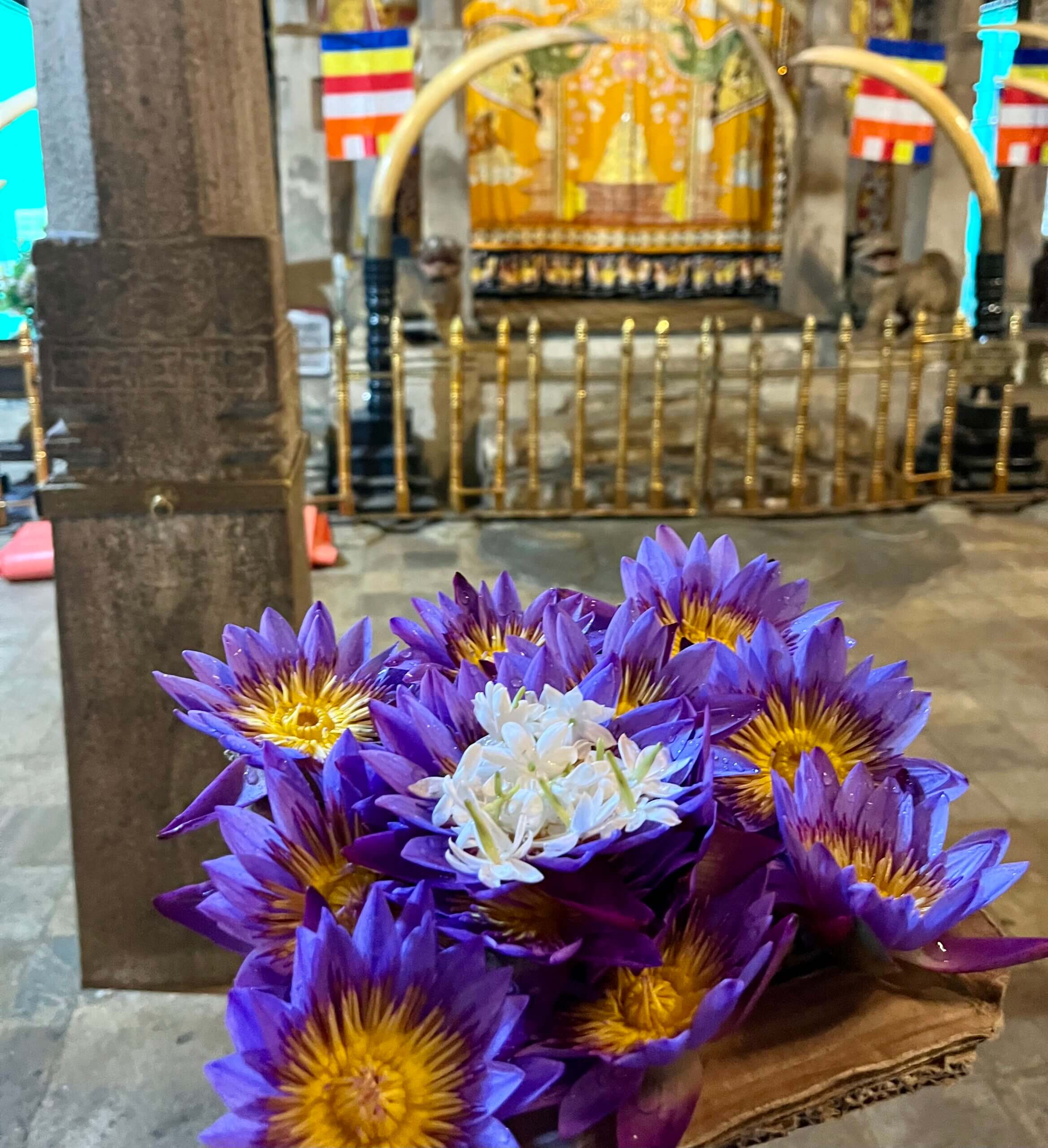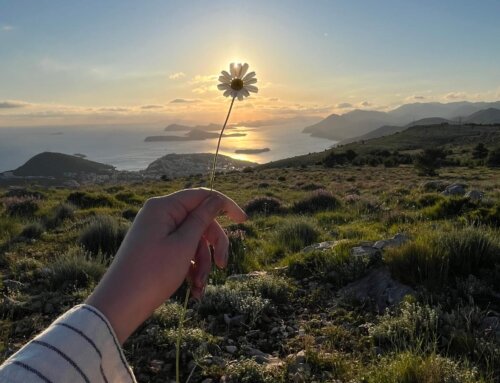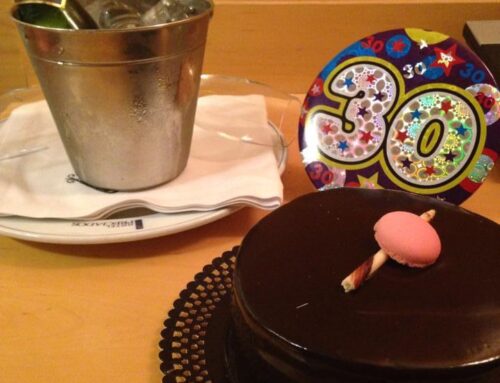By Bahati Kasibu Fiston, Psychology Graduate and Author
In a world often overwhelmed by burnout, uncertainty, and disconnection, traditional gratitude rituals are gaining renewed attention as powerful tools for emotional and psychological resilience. More than a polite expression or passing emotion, gratitude, when practiced intentionally, becomes a stabilizing force that grounds us, strengthens our mental well-being, and, for many, fosters connection to something greater than ourselves.
Across cultures and centuries, gratitude has taken the form of structured communal rituals from harvest festivals in Africa to prayer offerings in Asia, designed not just to celebrate abundance but to reaffirm meaning, connection, and endurance through hardship.
But how can we understand and apply these practices in today’s world? In this article, we explore:
- What science says about gratitude and resilience
- How gratitude rituals are practiced around the world
- Simple, practical ways to integrate those lessons into daily life
How can gratitude help with resilience and well-being?
Gratitude is not just a feel-good concept, it is a powerful psychological practice with growing empirical support. Researchers like Robert Emmons and Michael McCullough have shown that practicing gratitude enhances emotional regulation, fosters greater optimism, and strengthens social relationships (Emmons & McCullough, 2003). Martin Seligman, a pioneer of positive psychology, further emphasized gratitude as a core intervention for improving mood and life satisfaction (Seligman et al., 2005).
More recent studies by Wood, Froh, and Geraghty (2010) have expanded this work, linking gratitude practices to improved sleep quality, lower perceived stress, and higher levels of well-being over time. These findings suggest that gratitude supports both emotional and physical resilience, making it not only meaningful but biologically restorative.
Practicing gratitude helps retrain the mind to focus on what still sustains us, even in difficult times. Research shows that regular gratitude practice encourages a form of positive reappraisal, helping individuals shift from a mindset of collapse to one of recognition: “some things are still holding me up”. This shift has been associated with reduced anxiety, better emotional regulation, and a stronger capacity to cope with adversity (Wood et al., 2010; Emmons, 2007).
From a neuroscientific perspective, gratitude activates regions of the brain associated with reward processing and social cognition, including the medial prefrontal cortex and ventral striatum (Kini et al., 2016). This activity is linked to dopamine pathways that support emotional regulation and a sense of meaningful connection. While less conclusive, some researchers suggest that gratitude may also influence oxytocin levels through its role in prosocial bonding. These neural mechanisms help explain why gratitude rituals, especially when practiced communally or symbolically, often foster a sense of peace, belonging, and inner strength.
The rituals of thanks: A journey through cultural gratitude
Let me take you on a journey, not the kind that starts with packing a suitcase, but one that begins in the heart. Long before the buzzwords of mindfulness and well-being found their place in psychology journals, the world’s cultures were already practicing gratitude, daily, seasonally, communally. Not just as a feeling, but as a way of life.
In Ghana, the Ga people celebrate Homowo, which means hooting at hunger. It’s not just a harvest festival. It’s a defiant celebration, a reminder of how the community once survived famine by coming together. Families prepare traditional food like kpokpoi, elders offer libations to ancestors, and the air pulses with drums and dancing. The message is simple but profound: we are still here. As of 2025, Homowo is still celebrated annually, particularly in Accra, as a vital cultural and spiritual ritual.
Travel a bit east Africa, and you’ll find the Kikuyu of Kenya gathering under sacred fig trees. Here, gratitude flows through prayer and sacrifice, offered to Ngai, the God of creation. During birth, harvest, or times of prosperity, the community brings songs, animals, and stories. These rituals tie the living to their ancestors and to the land. In rural Kenya, these traditions endure, though adapted in modern forms, the sacred trees remain places of offering.
In the arid regions of Somalia, the rains are never taken for granted. When they come, people rejoice with Dankira, a spontaneous, sometimes structured gathering of song, dance, and communal meals. It’s not just joy, it’s relief. It’s a collective sigh of gratitude. Dankira is one form among many spontaneous cultural expressions of thanks in Somali communities, particularly in pastoral areas where oral tradition and shared emotion remain central to community life. In 2025, despite displacement and conflict, many Somali communities, especially in pastoral regions and diaspora enclaves , continue to practice Dankira as an affirmation of life’s blessings.
Head south-Africa to the Zulu lands, and you’ll witness Umkhosi Wokweshwama, the first fruits festival. Here, gratitude becomes a sacred duty. The Zulu king partakes in tasting the first harvest, only after ancestral blessings are sought. It’s not about individual thanks, but a communal contract: we owe the earth, and each other. Though not without controversy, this ritual is still practiced in KwaZulu-Natal, with continued support from the Zulu monarchy.
In Buddhist cultures, gratitude takes on a more philosophical tone. Life is impermanent (anicca), and all things arise from interdependence (pratityasamutpada). That bowl of rice offered to a monk each morning? It’s not just generosity. It’s the living realization that no one survives alone. From Thailand to Sri Lanka to Japan, this tradition thrives in 2025, embedded in daily monastic life.
And in Japan, gratitude doesn’t always sound like “thank you.” It’s in the bow. The returned favour. The enduring sense of giri, a moral obligation that outlives the moment. Giri isn’t just etiquette; it’s a culturally rooted gratitude that binds people across time. While modern Japan has modernized many customs, the sense of giri is very much alive, quietly guiding social life even today.
So why do these rituals matter to psychologists?
Because gratitude isn’t just a feeling. It’s a system. A ritual. A rhythm. It’s how people survive, connect, and heal, especially in collective cultures. When a psychologist understands gratitude only through the lens of personal journaling or positive affirmations, they miss its deeper cultural force.
Every culture you visit has its own grammar of thanks. Whether you’re walking through rice paddies in Bali, dancing at a Ghanaian festival, or listening to prayers under a Kikuyu tree you’re not just observing tradition. You’re witnessing culturally embedded emotional resilience in motion.
Understanding these rituals offers more than insight, it offers a map. A way to see how different people build meaning, survive hardship, and restore hope. And perhaps, through that lens, the field of psychology itself can travel further, not just across borders, but into the shared heart of humanity.
How to use gratitude rituals in your own life
You don’t need a temple, festival, or sacred forest to begin. Rituals can start small with a pause, a gesture, a moment of reflection. Here are simple, meaningful ways to bring gratitude into your everyday life:
Start a daily gratitude ritual
Write down three things you’re grateful for each night. Be specific, it’s the details that matter. Use a notebook, a voice memo, or even light a candle as a ritual anchor. Over time, this practice has been shown to increase emotional resilience and subjective well-being (Wood, Froh, & Geraghty, 2010; Emmons & McCullough, 2003).
Anchor gratitude in symbol
Place a small object, a stone, flower, or bowl, in your home as a visual cue. Let it be a reminder. When you pass by, offer a silent thanks. While not extensively studied in mainstream psychology, symbolic practices are rooted in ritual psychology and can create a deeper sense of mindfulness and emotional continuity.
Make it communal
Share moments of gratitude at meals or in groups. Take turns naming something meaningful. This doesn’t just build trust, it cultivates empathy, vulnerability, and belonging. In many cultures, gratitude is communal by design and bringing it into social spaces can multiply its effect.
Reclaim cultural roots
Explore gratitude practices from your own heritage or spiritual background. What did your ancestors give thanks for? How did they express it? If those connections feel distant, you can learn from other traditions but approach them with humility and respect, honouring the origins of each practice.
Practice gratitude in difficulty
Even in grief or hardship, small acts of gratitude can offer stability not by denying pain, but by naming what still holds you. Ask yourself gently: What remains? What helps me keep going? What lesson is emerging, even now? Gratitude during difficulty can foster psychological flexibility and emotional endurance (Tedeschi & Calhoun, 2004).
Closing reflection
Gratitude rituals are not relics of ancient customs, they are living, evolving practices that shape how we survive, relate, and heal. In every corner of the world, from Zulu harvests to Japanese bows to Buddhist offerings, gratitude is a language of continuity, one that reminds us who we are and how we’re connected.
For psychologists, these rituals offer more than symbolic insight, they reveal the emotional technologies embedded in culture. They show us how communities build resilience, not by suppressing struggle, but by ritualizing recognition.
And for those traveling across cultures, whether physically or intellectually, gratitude rituals provide a compass. They don’t just teach us how others give thanks, they show us how people hold together.
Gratitude, when ritualized, becomes more than a feeling. It becomes a shared act of remembering, and an invitation to live with humility, connection, and care.
This article is inspired by Bahati’s upcoming book, Gratitude: Cultivating Resilience and Well-being Through Mindful Appreciation , a cross-cultural exploration of how gratitude rituals help us heal, connect, and thrive.
References
Emmons, R. A. (2007). Thanks! How the new science of gratitude can make you happier. Houghton Mifflin.
Emmons, R. A., & McCullough, M. E. (2003). Counting blessings versus burdens: An experimental investigation of gratitude and subjective well-being. Journal of Personality and Social Psychology, 84(2), 377–389. https://doi.org/10.1037/0022-3514.84.2.377
Kini, P., Wong, J., McInnis, M., Gabana, N., & Brown, J. W. (2016). The effects of gratitude expression on neural activity. NeuroImage, 128, 1–10. https://doi.org/10.1016/j.neuroimage.2015.12.040
Seligman, M. E. P., Steen, T. A., Park, N., & Peterson, C. (2005). Positive psychology progress: Empirical validation of interventions. American Psychologist, 60(5), 410–421. https://doi.org/10.1037/0003-066X.60.5.410
Tedeschi, R. G., & Calhoun, L. G. (2004). Posttraumatic growth: Conceptual foundations and empirical evidence. Psychological Inquiry, 15(1), 1–18. https://doi.org/10.1207/s15327965pli1501_01
Wood, A. M., Froh, J. J., & Geraghty, A. W. (2010). Gratitude and well-being: A review and theoretical integration. Clinical Psychology Review, 30(7), 890–905. https://doi.org/10.1016/j.cpr.2010.03.005
Zahn, R., Garrido, G., Moll, J., & Grafman, J. (2009). Individual differences in interpersonal guilt: A structural MRI study. Neuropsychologia, 47(10), 2125–2131. https://doi.org/10.1016/j.neuropsychologia.2009.04.009
Cultural and Organizational Sources
Thekwini Municipality Department of Cultural Affairs. (2024). Zulu royal festivals and traditional heritage. Durban: eThekwini Municipality.
Ghana Tourism Authority. (2024). Homowo Festival: A celebration of survival and harvest. Retrieved from https://visitghana.com
Horn Heritage Journal. (2023). Dankira: Celebrating rain and renewal in Somali communities, 9(1), 22–27.
Japan Society for Social Psychology. (2024). Giri and contemporary moral obligation in Japanese society. Tokyo: JSSP.
Kenya National Archives. (2024). Oral histories on Kikuyu sacred tree rituals. Nairobi: Kenya National Archives.
World Buddhist Directory. (2025). Daily almsgiving rituals in Theravāda practice. Retrieved from https://www.buddhanet.net





